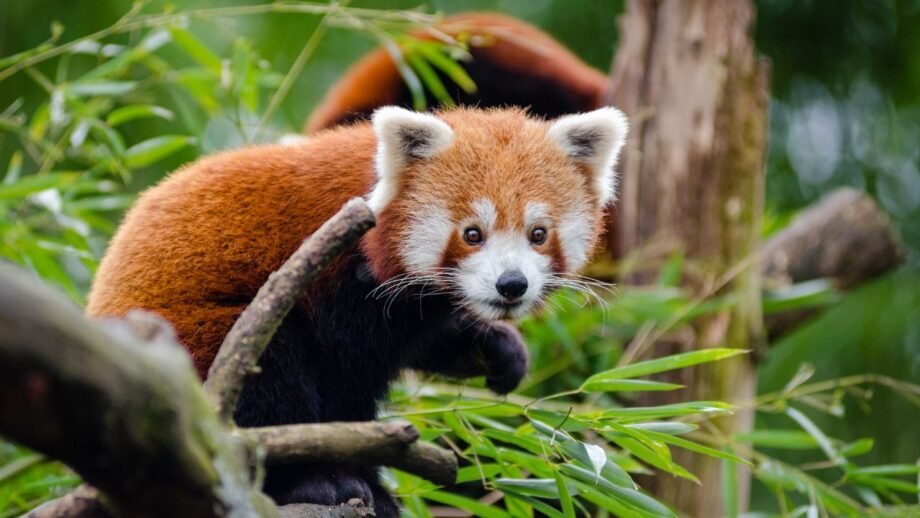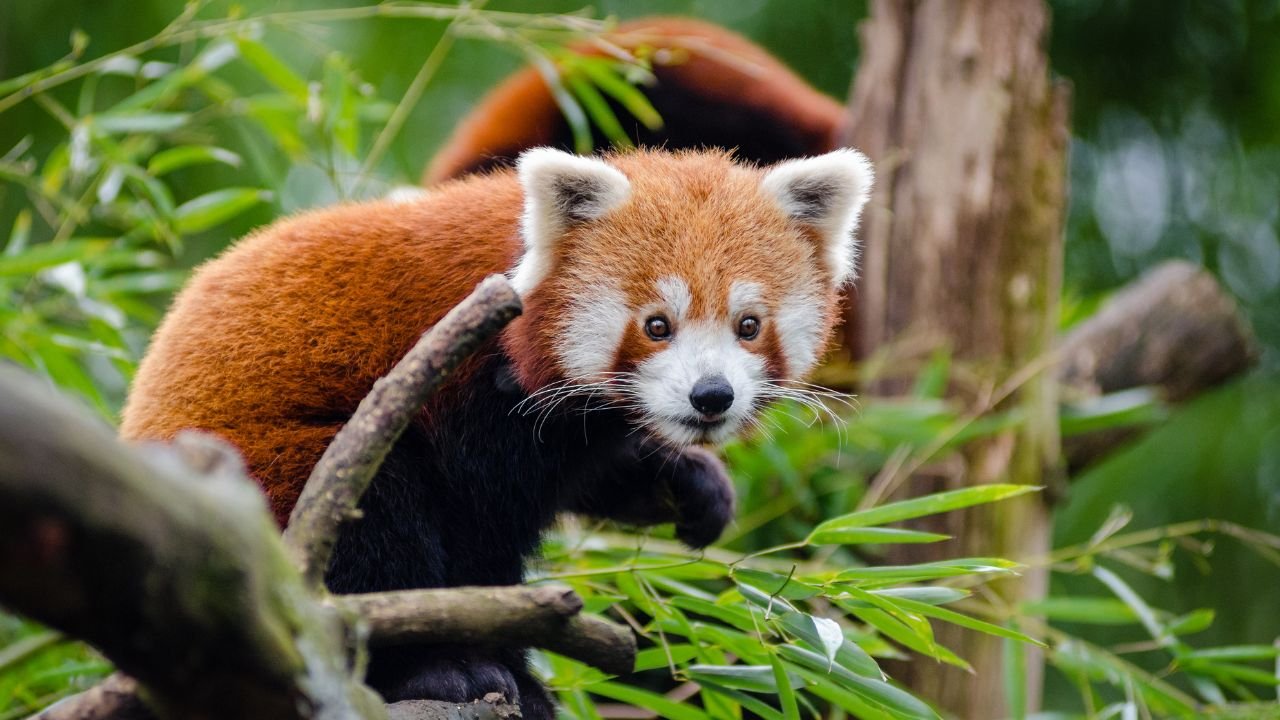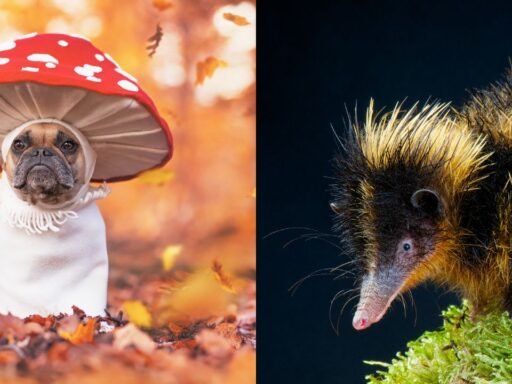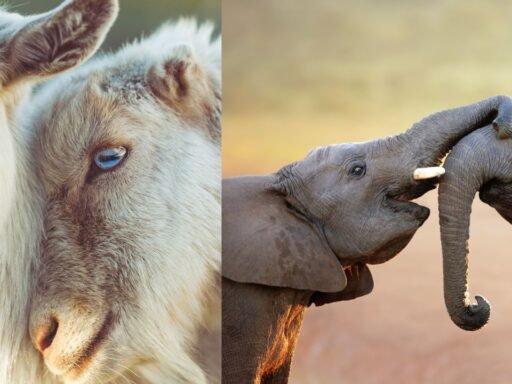The converting seasons bring about super environmental worrying situations for animals, compelling them to adapt to varying climate conditions, food availability, and sunlight hours. In this seasonal manual, we are able to discover how animals adapt to changing seasons and the manner the ones changes make certain their survival. Whether thru migration, hibernation, or changing physical tendencies,
How Animals Adapt to Changing Seasons
Animals have advanced outstanding techniques to cope with the transferring desires of the environment.
How Animals Adapt to Changing Seasons: A Seasonal Guide
Animals adapt to changing seasons in numerous strategies, making use of behaviors and organic mechanisms honed over millennia. These versions help them stay on in fluctuating temperatures, scarcity of food, and adjusted daytime cycles. There are 4 main seasonal modifications that many animals revel in:
Winter – Cold temperatures and scarce meals resources.
Spring – Increasing warmth, melting snow, and meals growth.
Summer – Warm temperatures, good enough food, and duplicate.
Autumn – Cooling temperatures and food shortage.
Each season comes with its very own precise set of worrying conditions, and animals want to conform because of this to live on.
Winter Adaptations
In iciness, animals face excessive bloodless and a discounted food deliver. To cope with this, they hire several strategies:
Hibernation
Many animals hibernate to keep away from the cold and preserve electricity. During hibernation, animals input a state of deep sleep wherein their frame temperature drops, and their metabolic rate slows down to conserve power. A common instance of hibernation is seen in bears. During iciness, a undergo’s coronary coronary heart price can drop from 40-50 beats in line with minute to clearly 8-12 beats steady with minute, and it survives via living off saved frame fat.
Migration
Birds, insects, or maybe a few mammals migrate to warmer climates at some point of wintry climate. For example, the Arctic Tern holds the report for the longest migration, visiting approximately forty four,000 miles (71,000 kilometers) each twelve months from the Arctic to Antarctica and again.
Insulation
Animals together with polar bears and arctic foxes increase thick fur coats or layers of fat, also referred to as blubber, which function insulation. For instance, the blubber of a whale can be up to at least one foot (30 cm) thick, supporting it live on in freezing ocean waters.
Energy Conservation
Smaller animals, like squirrels and chipmunks, rely on meals stores accrued at some point of autumn to maintain them thru winter. These animals hoard food, eating only small amounts to lessen power expenditure at the same time as staying of their nests.
Spring Adaptations
Spring brings hotter temperatures and melting snow, signaling the time for animals to resume lively life after the tough winter.
Breeding Season
For many animals, spring is the season of duplicate. The abundance of food, hotter temperatures, and extended daylight create satisfactory conditions for raising offspring. For example, deer fawns are generally born in spring to make certain they’ve access to considerable vegetation within the course of the first few months of lifestyles.
Shedding Winter Coats
Many animals, which include deer and horses, shed their thick iciness fur as temperatures upward push. This method, referred to as molting, lets in adjust body temperature in hotter conditions.
Rebuilding Energy Reserves
After the lengthy winter, many animals should top off their power reserves. They take gain of the growing plant life and active insect populations in spring. For instance, bears emerge from hibernation in spring and begin consuming as a fantastic deal as they’re able to to regain weight.
Summer Adaptations
In summer season, warmer temperatures and plentiful sources mean that many animals reputation on feeding, developing, and raising their more youthful.
Maximizing Reproduction
For species like birds, summer is a period of intense hobby. Birds often lay their eggs in spring, and through summer, the chicks are organized to fledge (leave the nest). The excessive availability of food lets in mother and father to feed their offspring and prepare them for independence.
Water Conservation
In arid climates, animals like camels have evolved extraordinary adaptations to preserve water within the path of heat summers. A camel can drink 40 gallons of water in one go, however it additionally minimizes water loss via generating dry feces and focused urine.
Thermoregulation
Many animals, together with puppies, regulate their body temperature thru panting. Reptiles, which consist of snakes and lizards, bask within the solar to heat up and trying to find colour or burrows to cool down when temperatures get too excessive.
Autumn Adaptations
As autumn strategies, animals begin making prepared for the approaching wintry climate. Food will become scarcer, and temperatures start to drop.
Food Storage
Squirrels, beavers, and special animals gather food inside the autumn to save for the winter. For example, a unmarried squirrel can keep up to ten,000 nuts to survive the cold months.
Migration Preparations
In guidance for migration, birds and butterflies often begin their adventure south in autumn. Monarch butterflies, as an instance, fly masses of miles to break out the wintry weather cold.
Fattening Up
Before stepping into hibernation, animals like bears, squirrels, and hedgehogs consume huge quantities of meals in the fall. This gadget, known as hyperphagia, lets in them building up fats reserves to survive months without ingesting.
Seasonal Calculations of Animal Adaptations
Calculating Energy Requirements for Hibernation
To continue to exist through the wintry weather, animals like bears should gather enough fats to keep them sooner or later of hibernation. For instance, a 500-pound undergo would probably require a hundred,000 to 100 and fifty,000 energy stored in fats to hibernate for about 6 months.
Let’s wreck this down:
A pound of fat contains type of 3,500 calories.
If the undergo profits forty pounds of fats, this equals 140,000 power (three,500 x 40), this is enough to maintain it through hibernation.
Migration Distance of Birds
Consider the Arctic Tern, which migrates 44,000 miles yearly. Assuming it travels hundred miles an afternoon, we are capable of calculate how long this migration takes:
44,000 miles / 2 hundred miles in keeping with day = 220 days of migration in line with 12 months.
This manner the chook spends over 1/2 of the 12 months migrating between the Arctic and Antarctic areas.
My Thoughts on It
In this seasonal manual, we’ve explored how animals adapt to converting seasons and the terrific survival strategies they rent. From hibernation to migration, and from fat storage to thermoregulation, animals have superior elaborate methods to deal with seasonal adjustments. Whether handling iciness’s bloodless, summer season’s warmth, or autumn’s food shortages, their adaptability ensures their persevered survival.
These survival techniques are a testament to nature’s ingenuity, showcasing the processes wherein animals are intricately connected to their environment and capable of thriving amidst its adjustments.
Also read, Harnessing Tech to Protect the Planet: Innovations for a Greener Earth







